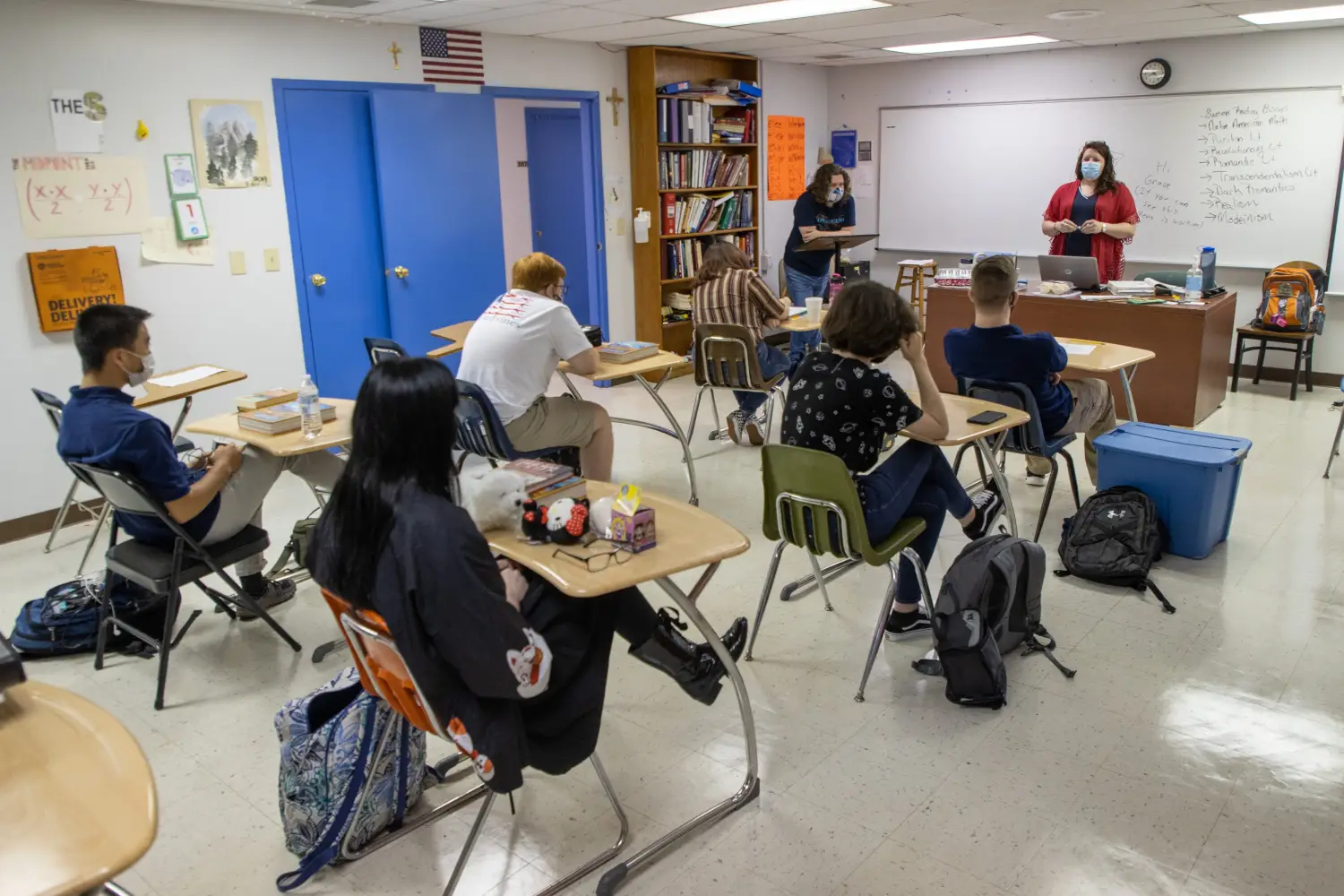The United States of America boasts a rich history of higher education, with its universities serving as the backbone of academic excellence and innovation. From Ivy League institutions to public research universities and liberal arts colleges, the American higher education system offers diverse options to cater to a wide range of interests and ambitions. This article explores the significance of universities in the USA, their unique characteristics, the challenges they face, and the transformative impact they have on individuals and society at large.

- The Evolution of American Universities
The roots of higher education in the USA can be traced back to the 17th century when Harvard College, the nation’s first university, was established in 1636. Over the centuries, universities flourished across the country, with significant contributions from institutions like Yale, Princeton, and Columbia, among others. The Morrill Act of 1862 marked a turning point, promoting the establishment of land-grant universities focused on agricultural and engineering education, further democratizing access to higher learning.
- The Diversity of Institutions
The United States is home to a wide array of universities, each with its unique characteristics and academic strengths. The Ivy League institutions, comprising eight prestigious universities like Harvard, Yale, and Princeton, are renowned for their academic rigor and long-standing traditions. Public research universities, such as the University of Michigan and the University of California system, play a vital role in advancing knowledge and research across various disciplines. Liberal arts colleges, such as Williams College and Amherst College, emphasize a well-rounded education and close faculty-student relationships.
- The American Approach to Education
The American higher education system is characterized by its flexibility and emphasis on critical thinking and practical skills. Unlike many other countries with specialized undergraduate programs, American universities often offer a broad range of subjects, allowing students to explore their interests before declaring a major. This approach fosters creativity, interdisciplinary learning, and the development of well-rounded individuals who can adapt to an ever-changing job market.
- Accessibility and Affordability
While American universities are renowned for their quality, accessibility, and affordability remain significant challenges. Rising tuition costs have led to concerns about student debt, impacting graduates’ financial stability and career choices. The article explores initiatives aimed at increasing access to education, including scholarships, grants, and financial aid programs.
- Global Attraction
American universities have a magnetic appeal for international students. The USA continues to be a top destination for higher education, offering world-class research opportunities, a diverse cultural experience, and exposure to cutting-edge innovations. This section discusses the benefits and challenges associated with the growing influx of international students to American campuses.
- Research and Innovation
American universities play a pivotal role in driving innovation and research advancements. Many universities have strong ties with industry, facilitating technology transfer and fostering entrepreneurship. This section highlights some of the groundbreaking research initiatives at American universities and their contributions to scientific and technological progress.
- Campus Life and Extracurricular Activities
Life on an American university campus is vibrant and diverse, with a plethora of extracurricular activities, clubs, and organizations. From sports teams and cultural societies to community service projects and student government, these activities enrich the overall college experience and contribute to personal growth and leadership development.
- Challenges and Criticisms
Despite their esteemed reputation, American universities face various challenges and criticisms. Issues such as grade inflation, the adjunctification of faculty, and the impact of political correctness on free speech are hotly debated topics. Additionally, concerns regarding the role of university endowments and the commercialization of academic research are explored in this section.
- The Future of American Higher Education
The landscape of American higher education is ever-changing, with advancements in technology and shifting societal needs driving transformation. This section delves into emerging trends, such as online education, competency-based learning, and micro-credentials, which are likely to shape the future of universities in the USA.
Conclusion
American universities continue to be beacons of knowledge, nurturing generations of students and inspiring groundbreaking research. With a diverse range of institutions, a commitment to innovation, and a focus on critical thinking, the American higher education system remains an essential pillar of the nation’s growth and development. To sustain its position of global excellence, the USA must address the challenges of accessibility, affordability, and evolving pedagogical approaches, ensuring that universities remain at the forefront of education and innovation in the years to come.











